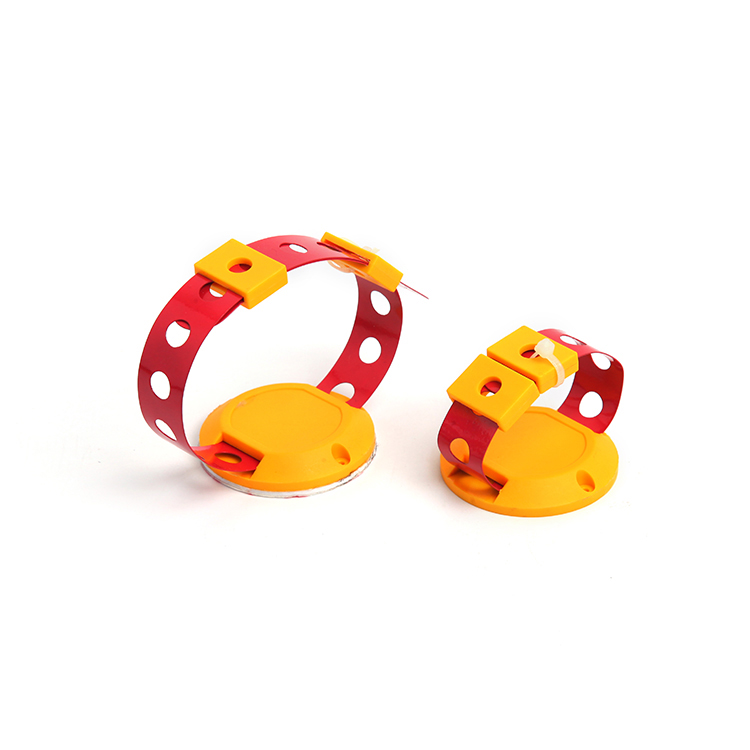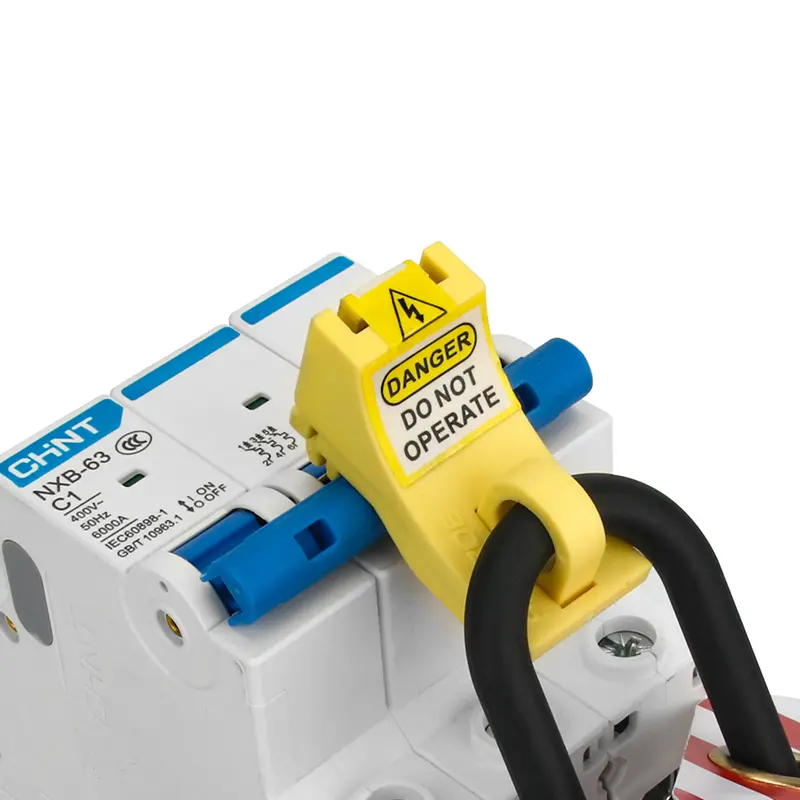In industrial environments, safety is not just a priority — it’s a responsibility. One of the most effective ways to protect workers during maintenance and repair tasks is through the use of Lockout/Tagout (LOTO) devices.
These tools are designed to prevent unexpected startup of machinery or the release of hazardous energy, ensuring that equipment remains safely de-energized while work is being performed.
This article will help you understand what LOTO devices are, how they work, the different types available, and how to choose the right ones for your needs. Whether you're managing a small team or overseeing operations in a large facility, this guide will provide valuable insights into improving workplace safety.

A lockout device is any mechanism that uses positive means — such as a lock, blank flange, or slip blind — to hold an energy-isolating device in a safe position. This prevents the energizing of machinery or equipment during maintenance.
A tagout device is a prominent warning sign, usually a durable label with a fastening mechanism, that indicates a machine or piece of equipment should not be operated until the tag is removed.
Although lockout and tagout devices serve different functions, they are typically used together to create a comprehensive energy control program. Locks physically secure machines, while tags communicate critical information to all personnel on site.
Together, they ensure both physical protection and clear communication — two essential components of a successful LOTO procedure.
There are many forms of LOTO devices, each designed for specific applications and energy sources.
These combined efforts reduce the risk of injury and support compliance with international safety standards.
The U.S. Occupational Safety and Health Administration (OSHA) outlines strict requirements for LOTO devices under Standard 29 CFR 1910.147.
To meet OSHA compliance, LOTO devices must be:
All tags should follow a consistent format in terms of color, shape, text style, and wording. They must also clearly identify the employee who applied them and the reason for the lockout.

Selecting the correct LOTO devices is crucial for ensuring safety and efficiency.
Evaluate the type of equipment and energy sources in your facility. Consider whether you need individual or group lockout solutions.
Choose products that meet OSHA and ISO standards. Look for high-quality materials that can withstand harsh working environments.
Many suppliers offer customizable options such as branded padlocks, personalized tags, and OEM services.
If you’re looking for reliable, cost-effective LOTO solutions, consider trusted manufacturers like ELECPOPULAR SAFETY, which offers high-quality China cable lockout products tailored to global industry needs.
There are ten essential steps in a complete LOTO procedure:
Perform Maintenance or Servicing: Carry out the required repairs or adjustments.
Only the employee who originally applied the LOTO device should remove it. This ensures accountability and prevents miscommunication.
If the original employee is unavailable, supervisors should confirm their absence, attempt to contact them, and ensure proper handover before allowing another trained worker to remove the device.
Proper storage of LOTO devices helps maintain organization and ensures tools are always accessible when needed.
Use labeled storage boxes or wall-mounted stations to keep LOTO kits organized. Ensure only one key exists for each lock to maintain security.
These solutions help streamline access and improve workflow efficiency.
LOTO devices are essential tools for protecting workers and maintaining safety during equipment maintenance. By understanding the different types of devices available and following best practices for selection, use, and storage, you can significantly reduce the risk of accidents in your workplace.
Whether you operate in manufacturing, oil & gas, chemical processing, or electrical engineering, investing in high-quality LOTO devices is a smart decision for both safety and compliance.
